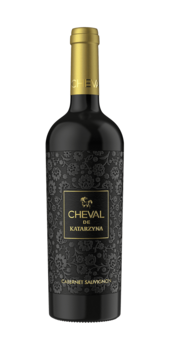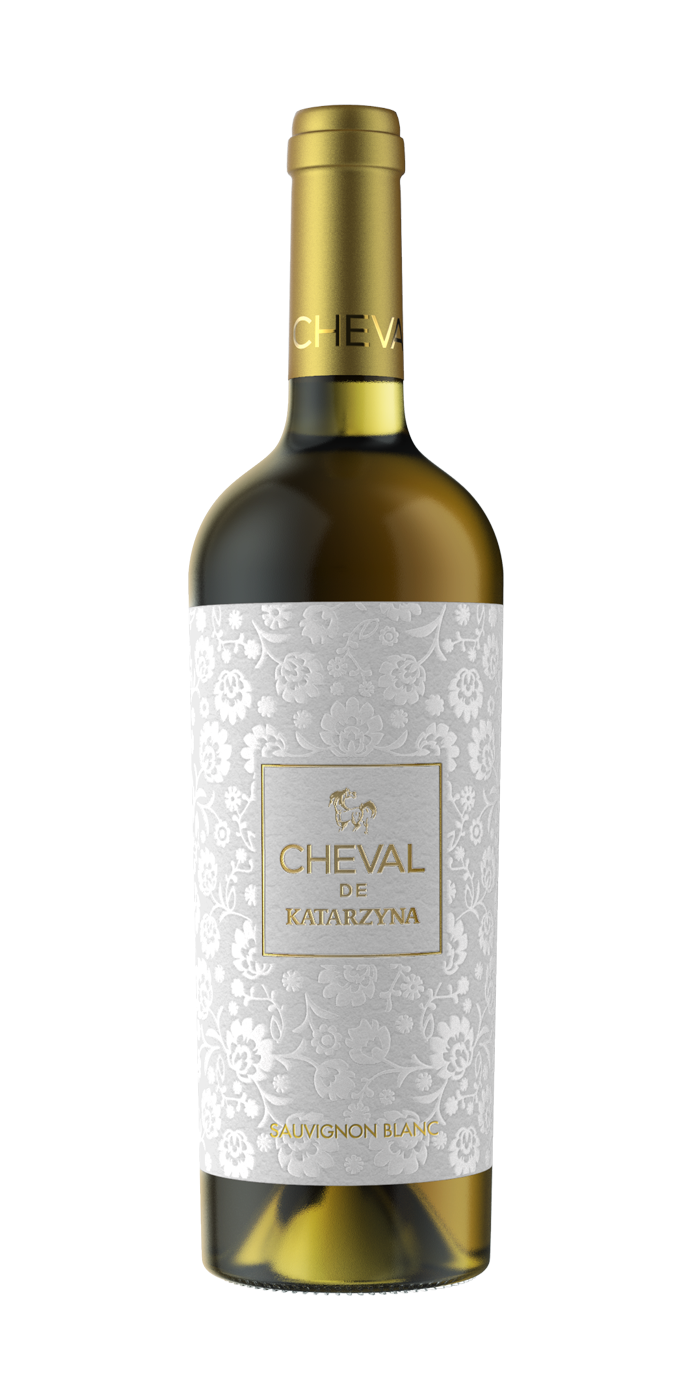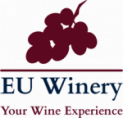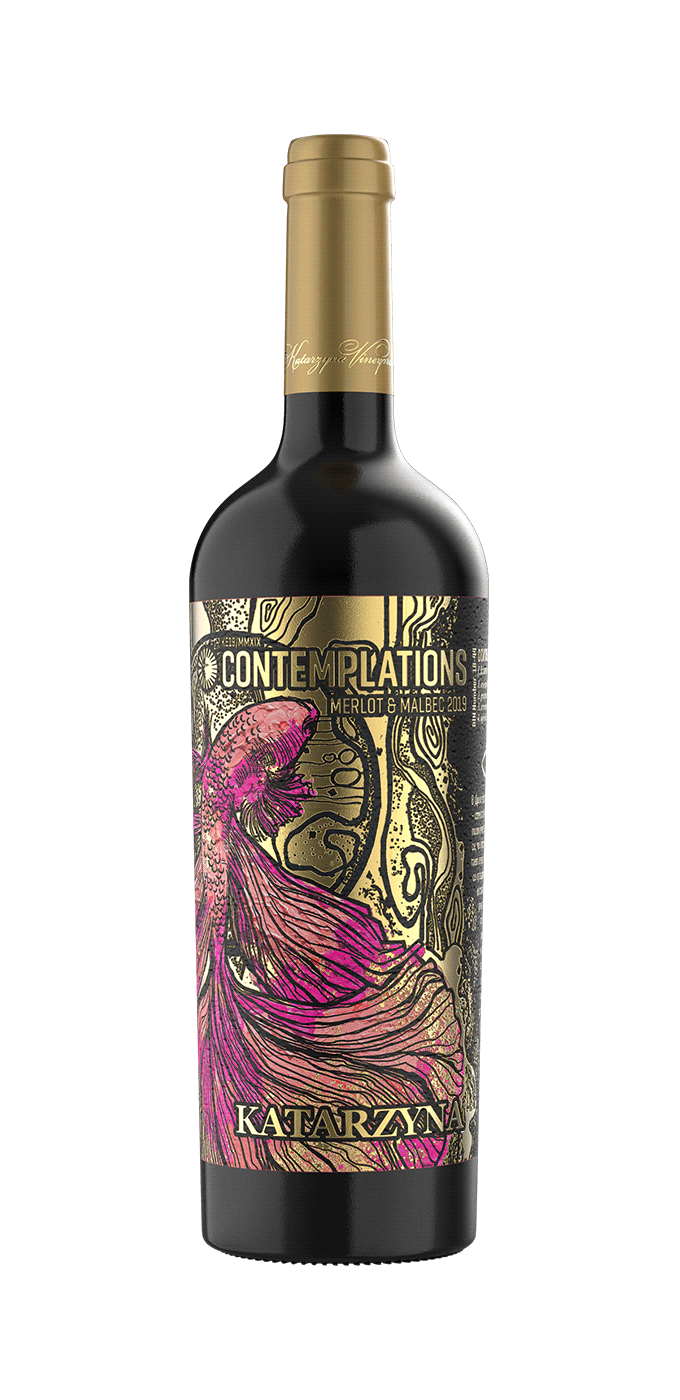Unforgettable Experience
Wine & Dine
Pairing wine with Vietnamese cuisine can be a delightful experience, as the flavors in Vietnamese dishes are diverse, often combining sweet, sour, salty, and spicy elements. The key is to choose wines that complement and balance these flavors.
Wine & Dine Guideline
Red Wines or White Wines
A good pairing of wine and food will bring the taste of both your wine and your food to a next level.
First of all, always remember it is your taste; you decide what you like the most. Only you know your taste. Our advice in this regard is: dare to step out of your comfort zone, dare to try something different. Be prepared for your next wine experience. You will be surprised!
Dine with Wine
Variety of Wines to Choose From
Every wine, be it white or red, possesses its own unique experience. In this realm, your personal taste and preferences once again take the lead. It’s your taste, it’s your choice.
Red Wines Sellection
Cabernet Sauvignon
The world’s most popular red wine grape is a natural cross between Cabernet Franc and Sauvignon Blanc from Bordeaux, France. Cabernet Sauvignon is loved for its high concentration and age worthiness. The typical features are deep color, high tannin content, moderate acidity and aromas of black currant, tomato leaf, dark spices and cedarwood. The wines tend to range from medium-bodied to full-bodied.
Primitivo
Primitivo is a traditional variety from the south of Italy (Puglia).
Merlot
Tempranillo
Generally speaking, Tempranillo produces red wines with red fruit and leather aromas, high tannins, moderate to low acidity, and moderate alcohol.
Tempranillo is a relatively thick-skinned red grape with a high anthocyanin count that makes for deep-colored red wines with moderate tannins and, where rosé is produced from the variety, generally quite deeply-hued, pink colours. Moderate to full-bodied, Tempranillo generally shows moderate tannins with moderate to low acidity.
Syrah/Shiraz
Pinot Noir
As a thin-skinned grape variety, Pinot Noir generally has a moderate to high acidity, a low level of phenolic compounds, low to moderate levels of soft tannins and is generally paler in color than most other red wines.
Lower in tannins and higher in acidity, the wines often suit cooler serving temperatures, or even a little chilling, perhaps to a “cellar” figure around 14°C (57°F).

White Wines Sellection
Chardonnay
Best-known as the white grape of Burgundy and cornerstone of Champagne, Chardonnay is the world’s most famous white-wine variety and also one of the most widely planted. Made in a variety of styles, Chardonnay wines can show fruit notes that run from citrusy and mineral to exotic and toasty. At its most basic, Chardonnay produces wines of a light golden hue, with notes of citrus, green apple, blossom and almonds or oatmeal. On the palate, Chardonnay has moderate acidity and moderate alcohol with a medium body.
Sauvignon Blanc
Pinot Gris/Grigio
Chablis
Chablis is an historic wine-producing town and region in northern central France. It produces light, dry, white wines famed for their flinty minerality and crisp acidity. AOC/AOP Chablis wines are produced exclusively from the Chardonnay grape variety. Most basic Chablis is fermented and aged in stainless steel, with use of oak barrels more common in higher-level wines, though used larger barrels are more likely to be employed than new barriques, and wines will spend a shorter time in them than in the Côte d’Or.

Viognier
The white grape synonymous with the northern Rhône, Viognier also leads a dual life and is also found blended with Syrah in red wines both at home and abroad. On its own, Viognier produces golden-colored, aromatic white wines with pronounced stonefruit aromas (apricots and peaches are often cited) alongside a full-bodied and often textural palate. It is susceptible to high alcohol levels and low levels of freshening acidty.
Viognier berries are mid-to-late-ripening, often producing wines with a deep golden color. The variety’s ability to produce high levels of sugar also regularly lend a viscous quality to its wines alongside correspondingly high alcohol levels.
Viognier is primarily known for its heady aroma, often compared to apricots and similar stonefruits, including peaches and honeysuckle. Its wines can also be very herbal, with aromas of chamomile, lavender, thyme and even a hint of pine.
Riesling
Riesling has also been stereotyped as just a sweet grape, used only to make sticky wines. But while botrytized Rieslings are among the finest sweet wines in the world, the majority of global Riesling wines are either dry or off-dry.
Young dry Rieslings tend to be very light in color, sometimes pushing into light gold hints, depending on the region and winemaking. Sweeter styles tend to be considerably more yellow/golden in hue.
Photo Gallery
One of the biggest accolades for the winery is the 91 points given to the Robert Parker system for Katarzyna Reserve 2008 and 2009, which puts it in the 90-95 points category, out of a maximum of 100. Katarzyna Estate is the first Bulgarian cellar whose wine is rated over 90 points on the official site of Robert Parker.
Dine with Wine
Red Wines Order

Dine with Wine
White Wines Order

Things about Wine You Didn’t Know!
Dine with Wine

Katarzyna Rubin
Saturated purple color with violet shades. A pronounced aroma combining spices, mature red and berries and elegant French oak. Large body with velvety softness. A long and memorable aftertaste. It combines excellent with red meats, cheeses and spicy dishes. Consumption temperature: 18º-20º С

Cabernet Sauvignon
A remarkable ruby red color. Powerful aroma of red and black berries and spicy tones, lined with elegant French oak. Taste feels pleasant, sweetness impressive, balance and memorable aftertaste. The wine combines very well with roasted red meats, pasta or spicy foods.

Katarzyna Merlot
Intense red color with violet hues. Aromas of black and red berries, chocolate and vanilla. Excellent combination of fruity aroma and French oak. In taste the wine is elegant and balanced with soft and completed final. The wine combines very well with roasted red meats, spicy dishes or cured meats.

Katarzyna Syrah
Dense ruby – red color. Concentrated aroma of spices, black ripe fruit, leather and vanilla. The taste of the wine has a pleasant balance between volume, sweetness, softness, succulence and length. The wine combines with spicy foods, roasted red meats or pasta.

Chardonnay
Saturated yellow color with green shades. Captive aroma of ripe, yellow fruits, with pleasant notes of wood. Succulent and rich palate, with sweet peach in the mouth and elegant freshness. The finish is soft and long-lasting. Combines very well with various salads, pasta, lasagna, smoked fish, white meats. Temperature of consumption – 12⁰-14⁰ C

Sauvignon Blanc
The pleasant yellow green color combines with a concentrated fresh scent with notes of citrus, green pepper and green peach. The softness in the taste is complemented by citrus freshness. Elegance and finesse impress in the finish and the aftertaste of wine. Combines very well with fresh cheeses, salads, pasta, fish dishes and fruit desserts.

Katarzyna Viognier
Dense yellow- green color. Rich aroma, filled with nuances of peach and citrus. Balanced and soft taste with pleasant fruity freshness. Combines very well with various salads, pasta, lasagna, smoked fish, white meats. Viognier 100% Alc. – 13.00% vol Temperature of consumption – 12⁰-14⁰ C Aging potential in bottle – 5 years

Rosé
Gentle color of salmon with light pink hue. Aromas of vanilla and citrus fruits. The palate is balanced, delicate, with fruity aromas, pleasant freshness and memorable finish. Combines very well with fresh salads, fruits, fresh cheeses, sea fish and fruity desserts. Temperature of consumption – 14⁰-16⁰ C Aging potential in bottle – 5 years
About European Winemaking
History
European winemaking boasts a rich history spanning thousands of years, with several significant milestones shaping its development. These historical milestones collectively reflect the evolution and resilience of European winemaking, shaping its identity as a cornerstone of cultural, economic, and culinary heritage.
Timeline
Early Viticulture
The cultivation of grapevines for winemaking dates back to ancient times in regions such as Mesopotamia, Egypt, and the Near East. Phoenician traders spread viticulture to regions like Greece and Italy around 1200 BCE.
Ancient Greece and Rome
Wine played a central role in the cultures of ancient Greece and Rome. The Greeks worshipped Dionysus, the god of wine, and established vineyards in regions like Attica and Thessaly. In Rome, winemaking flourished, and techniques for grape cultivation and fermentation were refined. Roman expansion spread viticulture throughout the empire, including Gaul (modern-day France), Spain, and Germany.
Monastic Influence
During the Middle Ages, monasteries played a pivotal role in preserving and advancing winemaking knowledge. Monks meticulously tended vineyards and improved winemaking techniques, contributing to the quality and diversity of European wines. Monastic orders such as the Benedictines and Cistercians were particularly influential in regions like Burgundy and Champagne.
Feudalism and Wine Estates
In feudal Europe, the feudal system facilitated the establishment of large wine estates owned by nobility and clergy. These estates, often managed by tenant farmers, produced wine primarily for local consumption. The feudal system also influenced landownership patterns, vineyard management practices, and wine trade regulations.
Wine Trade and Exploration
The Age of Exploration in the 15th and 16th centuries opened up new trade routes and introduced European wines to global markets. Wine became a valuable commodity in international trade, with regions like Bordeaux, Porto, and Jerez exporting their wines to distant markets.
Classification Systems
In the 18th and 19th centuries, European wine regions began implementing classification systems to categorize vineyards and wines based on quality and reputation. These systems, such as the Bordeaux Classification of 1855 and the Chianti Classico designation in Italy, provided consumers with guidance and assurance of wine quality.
Phylloxera Crisis
In the late 19th century, European vineyards were devastated by the phylloxera epidemic, a pest that attacked grapevines’ roots. This crisis led to widespread vineyard replanting using American rootstocks resistant to phylloxera, fundamentally altering European viticulture practices.
Modernization and Globalization
The 20th and 21st centuries witnessed significant advancements in winemaking technology, viticultural practices, and marketing strategies. European wine regions adapted to changing consumer preferences and international competition while preserving their unique terroirs and cultural heritage.





